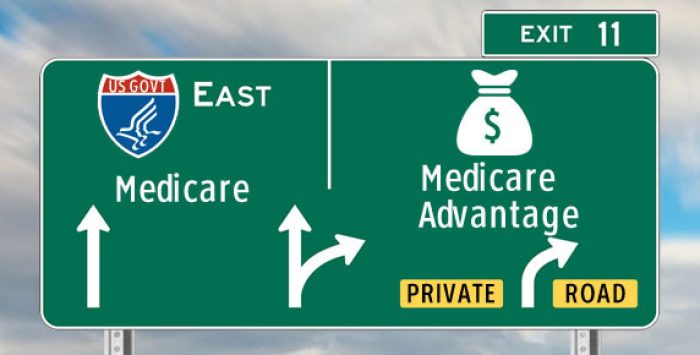What is a zero-premium Medicare Advantage plan?
A zero-premium plan is a Medicare Advantage plan that has no monthly premium (other than the Medicare Part B premium). In other words, you don’t pay anything to the insurance company each month for your coverage. That’s in comparison with the average Medicare Advantage premium of $17/month in 2025. The majority of Medicare Advantage enrollees are in zero-premium plans.
Who can buy a zero-premium plan?
Almost all Medicare Advantage enrollees (99%) have access to at least one zero-premium plan for 2025, and about three-quarters of Medicare Advantage enrollees select a zero-premium plan. But about 10% of 2024 Medicare Advantage enrollees were in plans with premiums of at least $50/month.
Why might I not buy a zero-premium Medicare plan?
So why would people opt to pay premiums for Medicare Advantage coverage when they could have a free option instead? There are a variety of reasons, including provider networks, drug formularies (ie, covered drug lists), and total costs. In some cases, the provider networks for the zero-premium plans might not include an enrollee’s current doctors. Or they might have drug formularies that don’t include the medications a person is taking.
But out-of-pocket costs is another big consideration. The zero-premium plan available in your area might have a higher deductible, copays, and/or total out-of-pocket exposure than the plans that have premiums. A healthy enrollee might feel like that’s an acceptable gamble, but an enrollee with ongoing medical conditions might decide that it’s worth paying premiums every month to have more robust coverage. As with most things related to health coverage, there’s no one-size-fits-all solution.
Footnotes
Tags: Medicare Advantage






